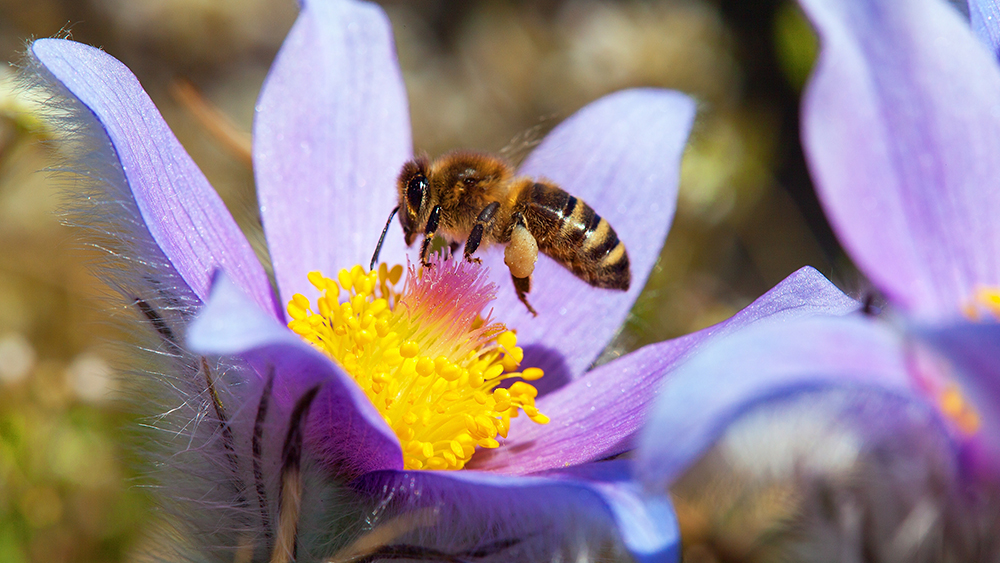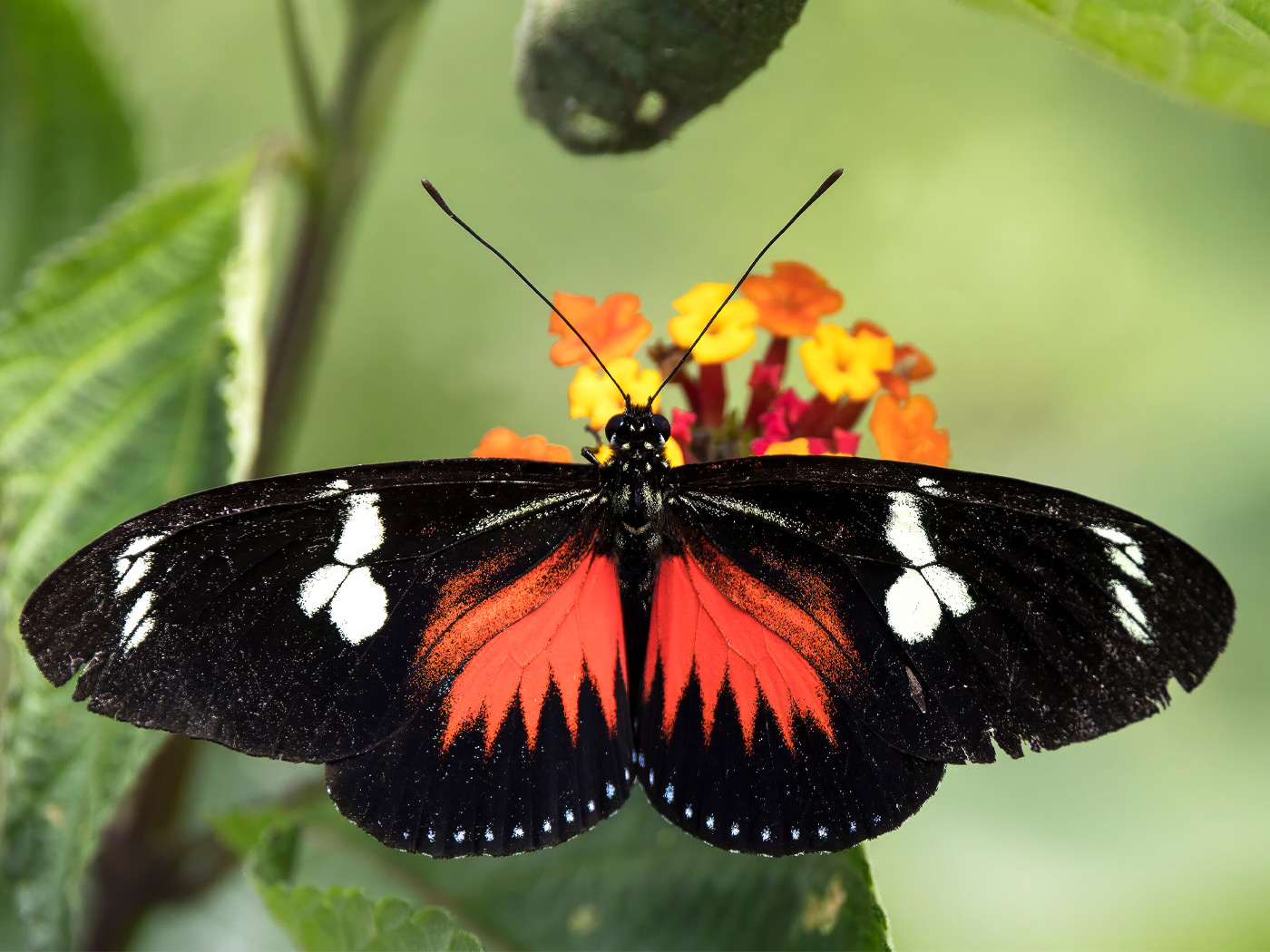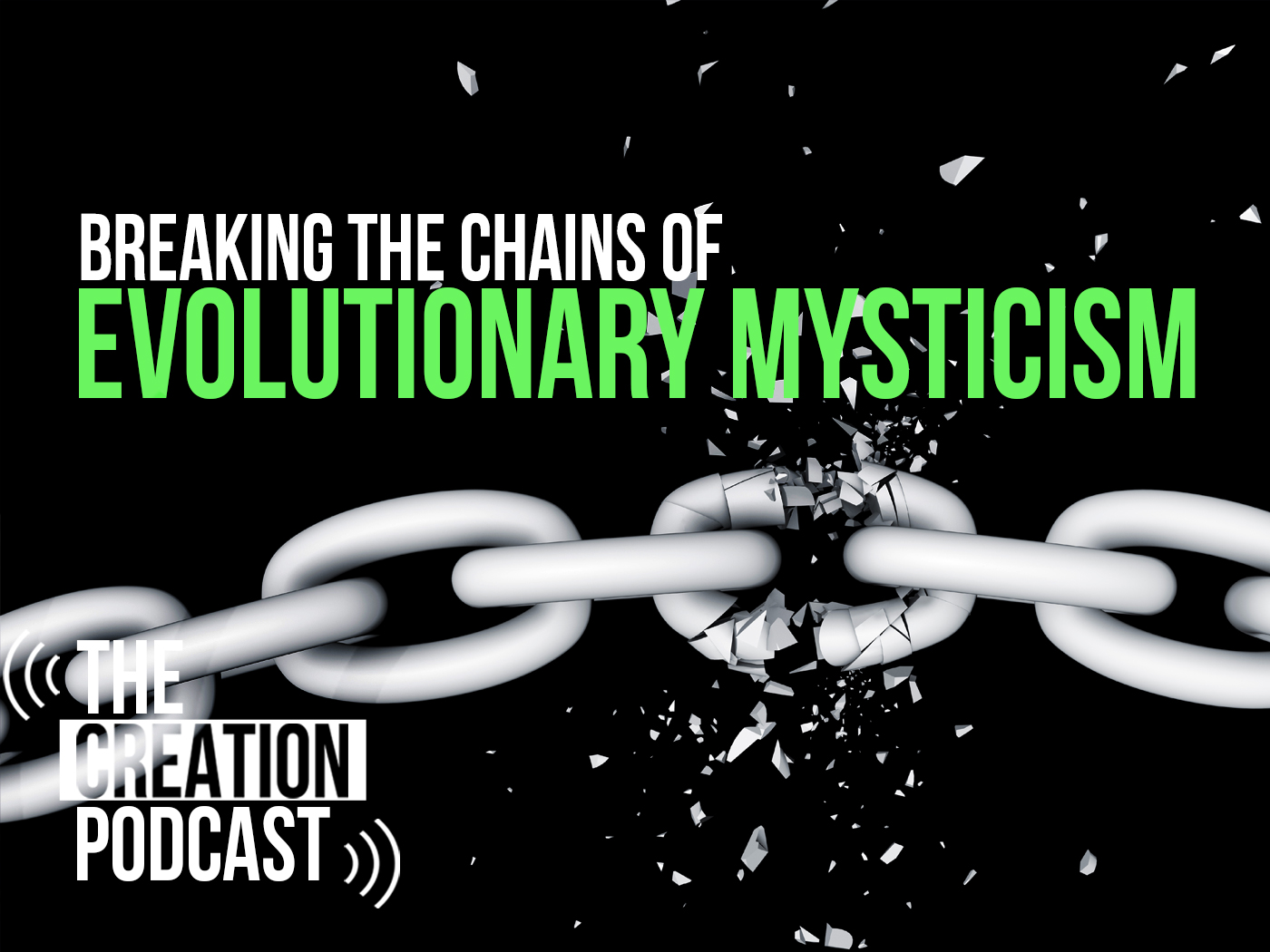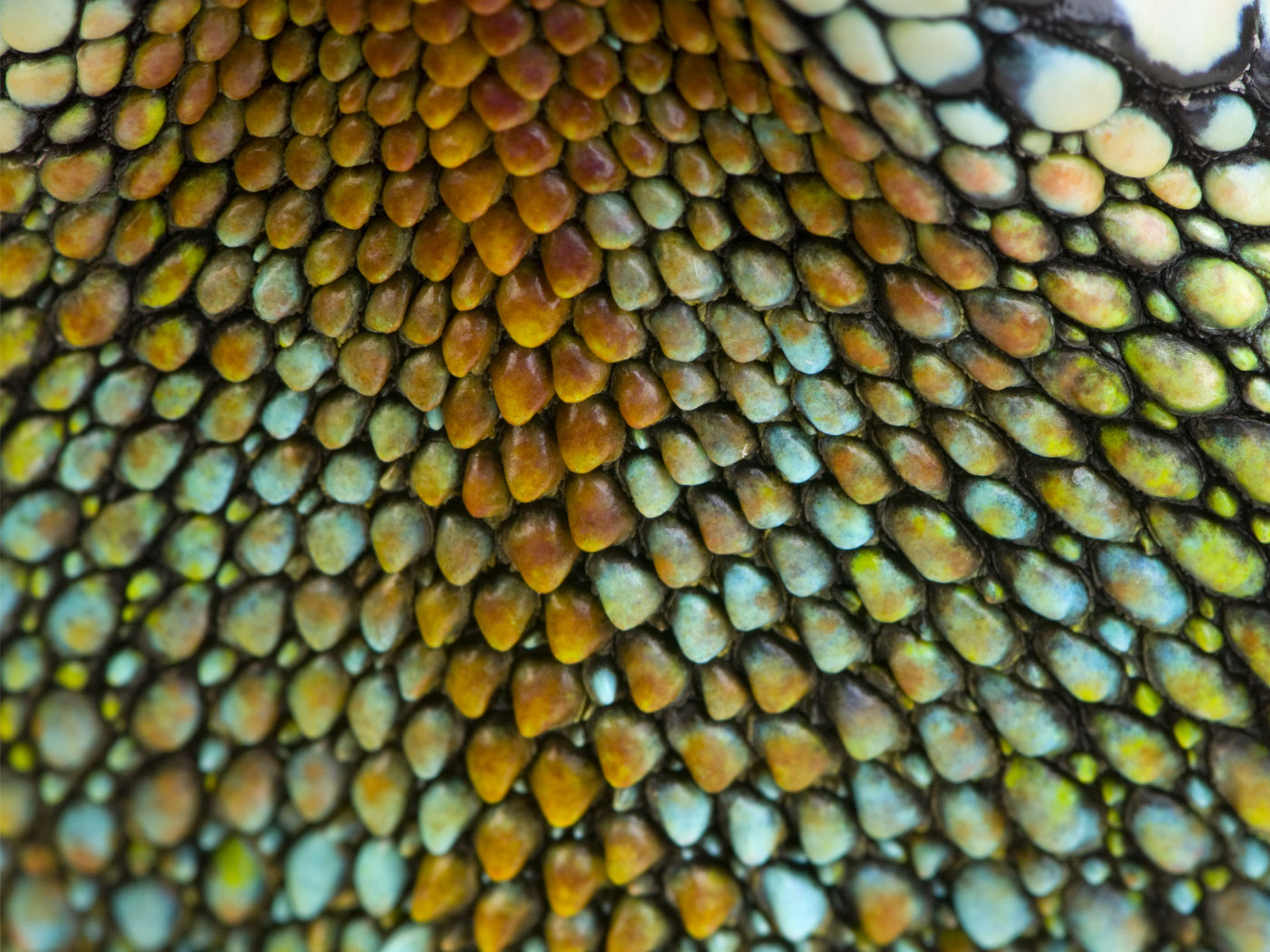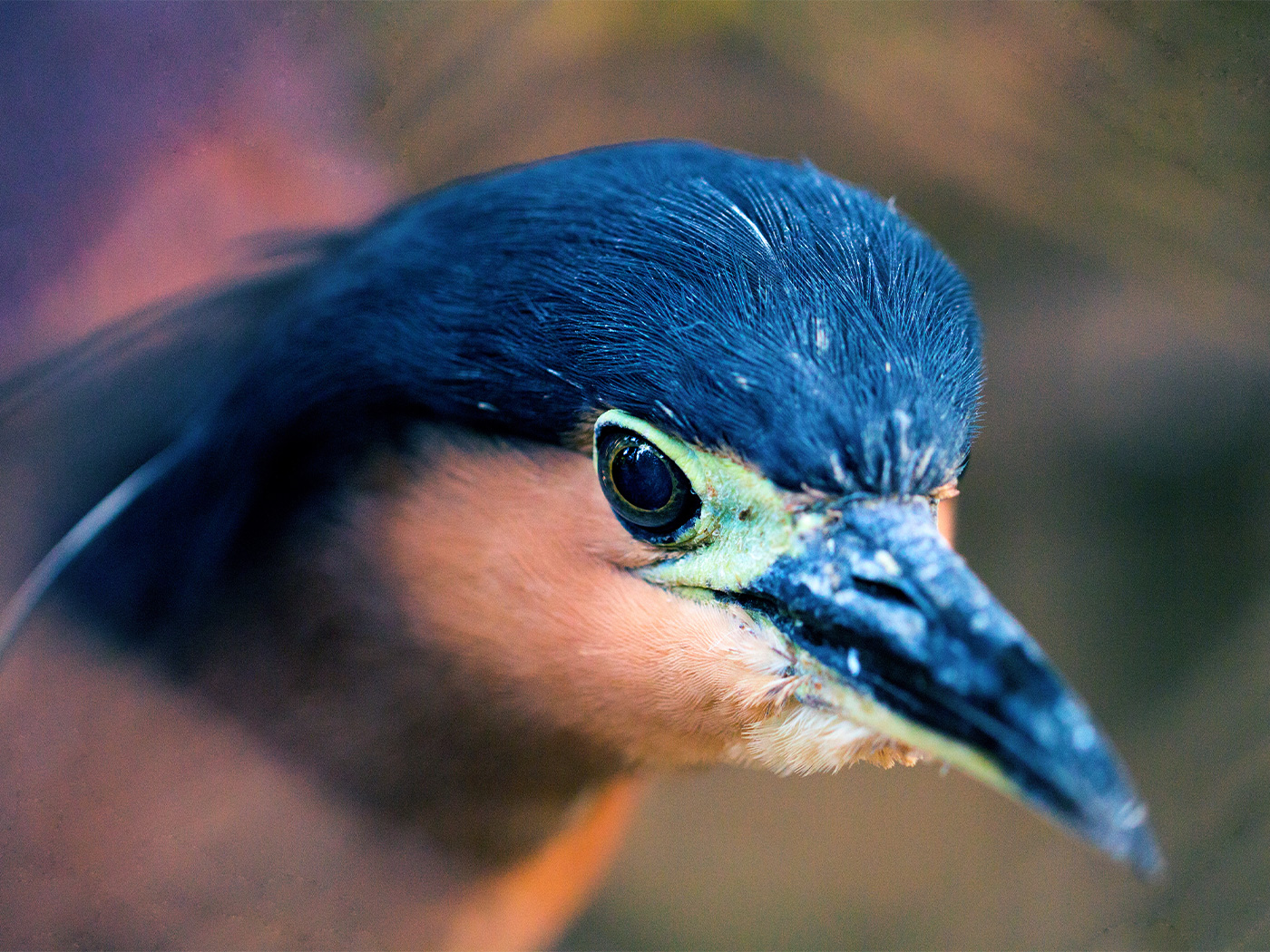Botanists have known for decades that plants aren’t just static entities that simply photosynthesize and reproduce. Indeed, plants read the living world around them with an incredible display of clearly designed sensory features that continues to amaze scientists.1-3
Plants read the living world around them with an incredible display of clearly designed sensory features that continues to amaze scientists. ![]()
A budding field (so-to-speak) in botany is called plant acoustics.4 In 2019, it was discovered that plants can actually sense and respond to the frequency of bee-wing vibration (0.2 to 0.5 kilohertz). Put another way, some plants hear with their flowers—at least one species of evening primrose that was investigated.
This is amazing on a number of levels. First, biologists Lilach Hadany and Yossi Yovel from Tel Aviv University5 noted the speed of the response when the plant first hears the bee. Within three minutes the plant temporarily increases the sugar concentration of its nectar by up to 20 percent. The plants have been designed to sweeten the nectar only when cued by the buzzing bee. But the plant is also designed to tune out irrelevant sounds such as wind, so energy used to make sweeter nectar isn’t wasted.
In addition, the team used lasers to discover the flower petals act very much like a satellite dish. The primrose petals are like “ears,” which pulsate when the sound waves reach the specific frequency produced by the bee wings. More research needs to be done to determine where exactly this channeled sound goes. Lilach Hadany calls this specific field phytoacoustics.
Evolutionists have again corrupted the obvious design inference of hearing flowers by saying the plants somehow slowly coevolved with their pollinators over “millions of years.” Creation scientists maintain the ability of flowers to “hear” was built into the plant genome “in the beginning.” In fact, flowering plants, like the evening primrose, have always been flowering plants.
“Although most species of plants on Earth have flowers, the evolutionary origin of flowers themselves are shrouded in mystery.”6
Shrouded in mystery? No, plants’ abilities were clearly designed in the beginning.
References
1. Sherwin, F. 2005. All Out War in the Cornfield. Acts & Facts. 34 (8).
2. Tomkins, J. 2013. Complex Bioengineering in Blooming Flowers. Acts & Facts. 42 (4): 16.
3. Guliuzza, R. 2019. Plants Show Engineering Principles. Creation Science Update. Posted on ICR.org May 28, 2019, accessed May 30, 2019.
4. Gagliano, M. 2013. Green symphonies: a call for studies on acoustic communication in plants. Behavioral Ecology. 24(4) 789-796.
5. Donahue, M. Z. Flowers can hear buzzing bees—and it makes their nectar sweeter. National Geographic. Posted on nationalgeographic.com January 15, 2019, accessed May 30, 2019.
6. Vallejo-Marin, M. Revealed: The First Flower, 140-million Years Old, Looked Like a Magnolia. Scientific American. Posted on scientificamerican.com August 1, 2017, accessed May 30, 2019.
*Mr. Sherwin is Research Associate is at ICR. He has a master’s in zoology from the University of Northern Colorado.




